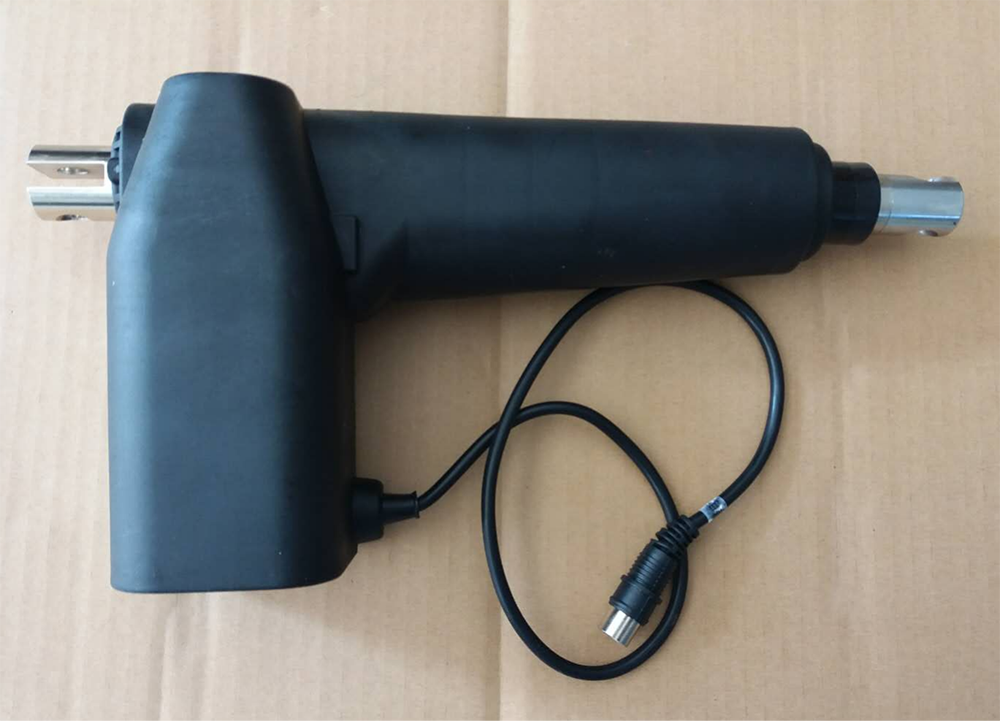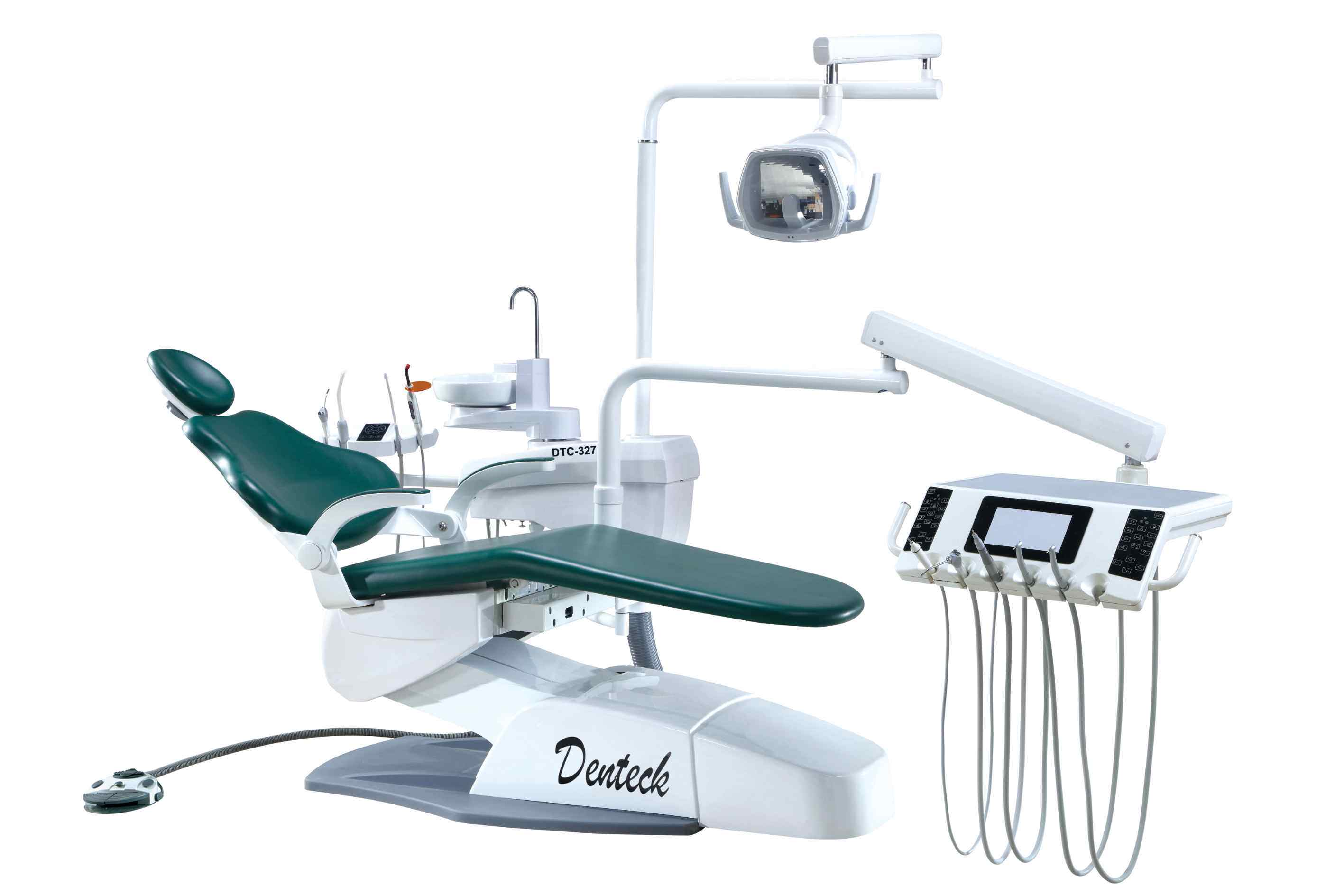When it comes to modern dentistry, precision, efficiency, and patient comfort are paramount. Behind the scenes of those comfortable chairs and bright lights lies a crucial tool
the dental motor. This unassuming device plays a pivotal role in a dentist's arsenal, revolutionizing the field in more ways than one.
At its core, a dental motor is a specialized electric motor integrated into dental equipment, powering various instruments used by dentists during procedures. It's a compact yet powerful component that drives the intricate movements of dental handpieces, enabling procedures with unparalleled accuracy and speed.
Electric motors have revolutionized dentistry, offering a myriad of uses that have transformed the field. Here are some key applications:
Electric motors are the driving force behind dental handpieces used for various procedures. They enable precise movements, controlling the speed and torque necessary for tasks like drilling, polishing, and shaping teeth.
These motors provide consistent torque and speed control, enhancing precision during dental procedures. Dentists can finely adjust the motor's settings, allowing for delicate work with minimal impact on surrounding tissues.

Unlike their pneumatic counterparts, electric motors operate with significantly reduced vibration and noise levels. This not only benefits the dentist by reducing hand fatigue but also contributes to a more comfortable experience for the patient.
Electric motors are used extensively in root canal treatments (endodontics) and orthodontics. They power instruments for shaping root canals and adjusting orthodontic appliances with accuracy and efficiency.
In dental implant procedures, electric motors play a crucial role. They power drills used for implant site preparation, allowing for precise and controlled drilling into the bone.
Electric motors drive devices for prophylaxis and scaling, aiding in plaque and tartar removal during cleanings. The controlled speed and movement provided by these motors ensure thorough cleaning while minimizing discomfort.

These motors offer a range of speeds tailored to specific dental procedures. Low-speed motors are used for fine detailing and polishing, while high-speed ones are employed for efficient cutting and drilling.
The use of electric motors has contributed significantly to enhancing the overall patient experience. Reduced noise, vibration, and smoother operation have made dental visits more comfortable and less intimidating for patients.
Electric motors have truly transformed dentistry by offering precision, efficiency, and improved patient comfort. Their versatility and ability to power various dental instruments have become integral to modern dental practices, allowing for better outcomes and experiences for both dentists and patients.
The speed of micromotors used in dentistry varies based on the specific task at hand. These motors are capable of reaching remarkable rotational speeds, typically ranging from 100 to 400,000 revolutions per minute (RPM).
For instance, low-speed micromotors, operating between 100 and 40,000 RPM, are employed for tasks requiring precision, such as polishing, finishing, and adjusting dental appliances. On the other end, high-speed micromotors, reaching speeds of 200,000 RPM and beyond, are utilized for drilling procedures, efficiently removing decayed tooth material while preserving healthy structures.
The ability to control the speed of these micromotors is pivotal, allowing dentists to adapt to various procedures and patient needs. This adaptability ensures optimal outcomes while minimizing discomfort and procedural time.
The dental motor stands as a testament to the marriage of technology and healthcare. Its integration into dental practices has redefined precision, efficiency, and patient comfort. From its role in powering dental handpieces to its varied speeds for different procedures, the dental motor continues to be a cornerstone of modern dentistry, shaping the way treatments are performed and experienced.